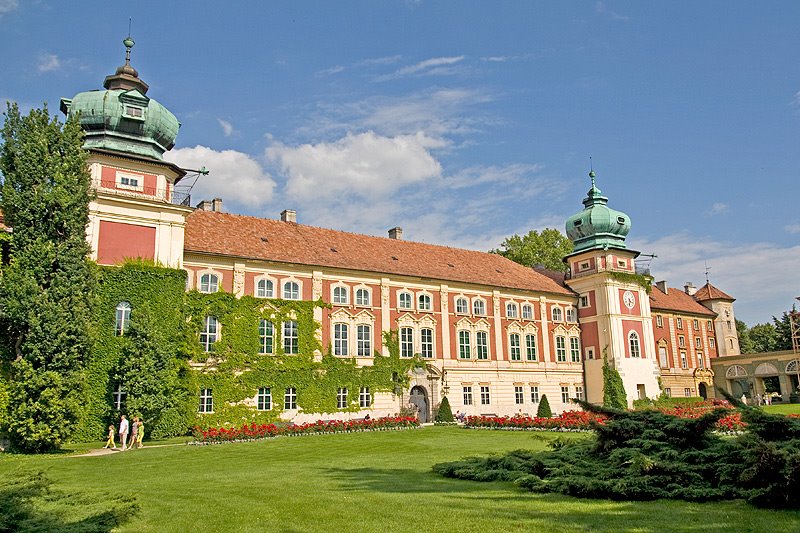The City
Rzeszów is the largest city in south-eastern Poland, the capital of the Podkarpackie Voivodeship and its economic, educational and cultural center. The city is located on both sides of the Wislok River, in the centre of the Sandomierska Valley.
History
In the fourteenth century, Rzeszow was a border watch-tower of the Ruthenian princes. In 1341, the Polish king Casimir the Great (1310-1370) included Rzeszow into the Polish kingdom. On January 1354 he presented it and its neighbouring lands to Jan Pakoslavic, the accomplished diplomat, knight and progenitor of the Rzeszowski family, whose name stemmed from the name of the city and who ruled in Rzeszow until the second half of the sixteenth century.

From the Rzeszowski family Rzeszow passed to Mikołaj Spytko Ligęza (1587-1637), a statesman and wonderful host who expanded the city and modernized its fortifications, erected the Town Hall, started the construction of the castle and built a fortified monastery (Bernardine friars). From 1638-1845 the owner of the city was the Lubomirski family. In 1658 a Piarist College was established, one of the few secondary schools in Poland at that time. Among the graduates of the College in Rzeszów there were many famous Poles: scientists, people of culture, politicians, military men, and so on. One of the famous students was the precursor of the petroleum industry, Ignacy Łukasiewicz (1822-1882).
Following the First Partition of Poland (1772), Rzeszów found itself within the borders of the Austrian Empire. It was returned to Poland after World War I. In 1930s the construction of two modern factories started in Rzeszow: The National Aviation Plant, which exists to the present day, and a branch of the Hipolit Cegielski Factory from Poznan, producing anti-aircraft cannon. In 1939 the development was once again interrupted by the Second World War, which brought great destruction to Rzeszów and the death of many people. The large pre-war Jewish community almost disappeared and today the only noticeable traces of their presence are two synagogues, the Jewish cemetery and the names of several streets.
On July 7, 1945, Rzeszów became capital of the newly created Rzeszów Voivodeship. This decision had a major impact on the city, as it quickly grew. On January 1, 1999, the city became the capital of larger Podkarpackie Voivodeship while the city’s population grew to 170,000 and the area to 91.4 square kilometres. The city has two theatres, a philharmonic hall, several colleges and universities (altogether 53000 students). It is a scientific and technological base and a modern industrial centre with rich traditions.
Places to visit

The city is becoming more and more attractive for tourists. The most important places on the tourist map of Rzeszow are the exquisitely renovated Market Square along with the 369-m-long Underground Tourist Route under it and a palace of Lubomirski's family from 18th century.
Nearby places of interest include Łańcut Castle (a grand 17th century palace, pictured right) and the majestic monastery at Leżajsk, which are 30 minutes ride from Rzeszów. Slightly further afield, the Bóbrka museum of oil and gas industries, approximately an hour’s journey near the medieval fortified town of Krosno, and the old Polish capital Kraków with rich heritage which is only around two hours away.
The University

Rzeszów University of Technology is named after Ignacy Łukasiewicz, who is remembered as the discoverer of fractional distillation of oil and was a pioneer of the use of paraffin in lamps. He performed most of his work in this part of southeast Poland in the 19th century. The University is the largest in the region: it consists of six faculties and enrolls over 17000 students. RUT is part of the Aviation Valley Association and the only state owned school in Poland training pilots for civil aviation. For more information, please see the university's main website.
International Airport
Rzeszów is served by an international airport, with flights available with LOT, Lufthansa and Ryanair. The International Airport Rzeszow-Jasionka has very good technological conditions which allow for the largest airplanes to land here. Please click here for the airport's website.
